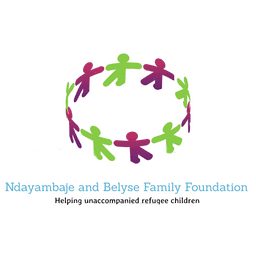
Ndayambaje and Belyse Family foundation
Lobbying and advocacy interventions to ensure that the needs and demands of children in abject poverty are met.
The education of the world’s children is high on the global agenda. In the context of education
for all (EFA), all children should receive free, good quality education. The reality is that millions
of the world’s children are too poor to benefit from the declaration, unless there are special
interventions that target their development. Unfortunately, such children do not form a special
social category in poverty eradication intervention program, thus, their inclusion in the
achievement of EFA appears to be a hit-or-miss phenomenon. Cognizant of the central role of
poverty reduction, that is in wider global agenda and acknowledging the need to reach out to the
poorest children with the objective to break the poverty cycle for them, Peace Association
Organization embarked on a program of education and poverty eradication.
The Project aims at solving the problems hidden by the fact that orphans and vulnerable
children are invisible; yet by the very nature of their situation, they are included among those
that are classified as disadvantaged and poor in Nakivale Refugee Settlement. Children are
subsumed within the poverty categories most often referred to such as households,
communities, people – which means that there is a high tendency to focus on adult-related
poverty while child problems are ignored, partly because children have little power and influence
within a group that contains adults.
Findings reflect that children in abject problems can be recognized by rather elementary (as
opposed to sophisticated) criteria. Top on the list is absence of necessities such as shelter,
food, clothing and water. Equally important is the ‘human condition’ in terms of physical health
and parental care and protection. Schooling is high on the list as a critical criterion in
determining who is extremely or modestly a vulnerable and disadvantaged child.
While there seems to be national consensus among donors, the public sector and civil society
that the government has made commendable progress in implementing PEAP (Poverty
Eradication Action Plan) as flexibly as possible, its evolving nature, due to the participatory and
consultative reviews it undergoes regularly, does not address many of development challenges
Disadvantaged children face today. It would take lobbying and advocacy interventions to ensure
that the needs and demands of children in abject poverty are met. The study on Children in
Abject Poverty in Nakivale Refugee Settlement particular revealed that:
Ill health and inadequate health services remain critical challenges for children in abject poverty.
The living conditions of children in almost all the Counties studied aggravates this on a positive
note, over three quarters of those who fell sick sought some kind of modern treatment: very few
resorted to traditional healer. School-related costs have been the major obstacle for children in
abject poverty to access education.